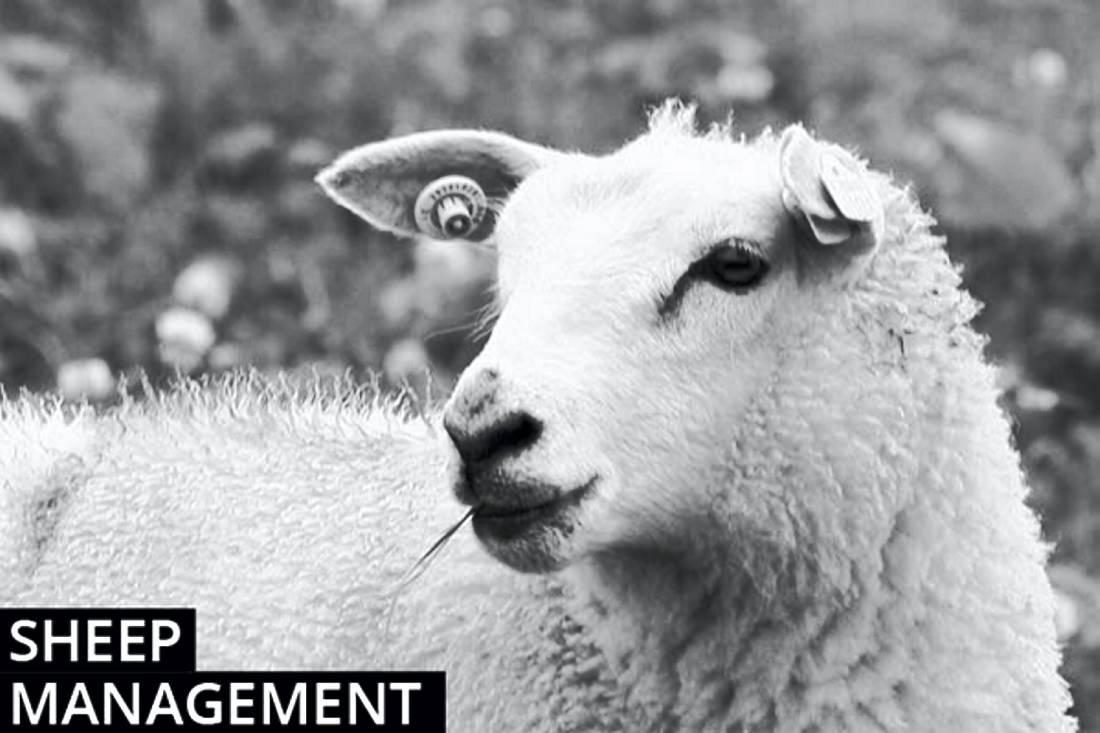Grassland management: Grazing conditions have recovered somewhat following recent heavy rainfall. This will hopefully allow you to get back on track, getting fields grazed out and closed in a rotational manner. The target percentage area closed is dependent on your lambing date and stocking rate. For low- to medium-stocked farms lambing at the start to the middle of March, the aim should be to have 60% to 70% of the sheep grazing area closed by the end of November.
Some lower stocked farms can get away with a lower percentage while highly stocked farms with a tight lambing spread will require a larger area for grazing in spring and should aim to have 80%+ of the grazing area closed by the end of the month. Growth rates were good for much of October and as such there is a temptation to go back in and graze closed areas. Resist the temptation, as grazing now will push spring grazing dates well back. Once ewes enter months two and three of pregnancy, they can be fed to maintenance levels and used to clean out paddocks. While not a major problem yet, some farmers report grass disappearing quicker than anticipated with those on heavier or poorer-performing soils worst affected. At this stage of the year, store lambs should not be consuming grass that would be better served for ewes, especially given the strong trade. Where grass supplies are depleted, there may be no option but to introduce supplementary feeding. Good-quality grass silage (66 to 68DMD) will be sufficient to meet maintenance demands and can also be used to extend the grazing season.
Liver fluke: Page 41 covers advice on liver fluke treatment.
Selecting the incorrect product is not the only area where treatment can suffer. Vets continually report issues stemming from incorrectly estimating the liveweight of animals or faulty dosing guns delivering lower volumes.
Administering a lower than recommended volume can lead to a poor kill of parasites present or increase the rate of resistance developing. The greatest danger is with ewes, as weights can vary significantly with account often not taken of the stage of pregnancy and its potential impact on ewe liveweight. If in doubt, try to weigh a sample of ewes and dose to the heaviest in the batch. Where there is a large weight range between animals, split the group in two and take two representative sample weights.
Make use of all available sources of information, such as following up on the health status of livers from animals slaughtered in factories or butchers and carry out a post mortem check of any dead animals. Faecal egg counts are of limited use at this stage of the year, as they will not detect the presence of acute liver fluke. However, they may be useful later in the season and are beneficial in checking if resistance to any products is an issue. Reports show that some farms have resistance problems with the active ingredient trichlabendazole.
Health records: Health treatments must be recorded. Failure to do so may incur penalties on direct payments. For the Bord Bia Quality Assurance scheme, the date the withdrawal period of any health treatments administered ends, as opposed to the actual withdrawal period of the product, must be recorded. It is also recommended to record the number of animals treated and a clear description of the animals or batch treatment. For individual treatments, a tag number must be recorded.






 This is a subscriber-only article
This is a subscriber-only article










SHARING OPTIONS: